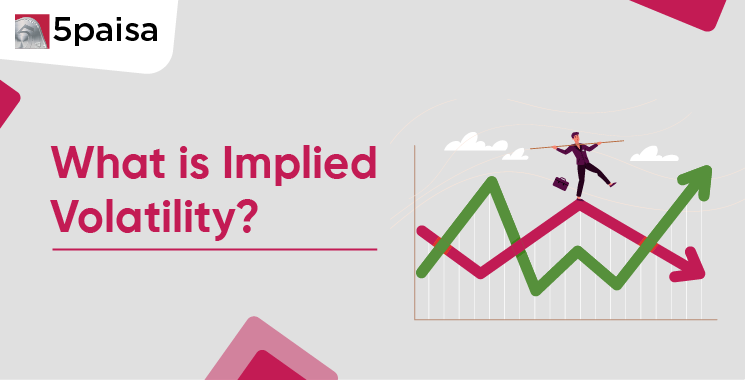Content
- Introduction
- What is Implied Volatility (IV)?
- Factors affecting implied volatility
- Implied vs Historical Volatility: A Quick Comparison
- Pros and Cons of using Implied volatility
- Why is Implied volatility important?
- How is implied volatility computed?
- Using Implied Volatility as a Trading Tool
- How do changes in implied volatility affect options pricing?
- Conclusion
Introduction
Investing in the stock market can be risky. The risks are due to the constant fluctuating values of securities. Factors like socio-economic conditions, management decisions, technological innovations, and business ecosystem, etc determine the fluctuations. An investor always wants to minimize risk and maximize returns on their investment.
The best way to achieve it is to study the company’s past performance and make calculated predictions for the present and the near future. Another way is to stay abreast with the latest developments and make appropriate decisions. Also, there are several ways to do that using measurements and indicators derived from mathematical models.
But can anyone predict future events and their effect on the investments made? Although there are no guaranteed methods, some concepts and their applications help investors to estimate the future and minimize risks to optimize gains.
This article explains concepts like volatility, Implied Volatility (IV), related terms and their application in trading.
More Articles to Explore
- Difference between NSDL and CDSL
- Lowest brokerage charges in India for online trading
- How to find your demat account number using PAN card
- What are bonus shares and how do they work?
- How to transfer shares from one demat account to another?
- What is BO ID?
- Open demat account without a PAN card - a complete guide
- What are DP charges?
- What is DP ID in a demat account
- How to transfer money from demat account to bank account
Disclaimer: Investment in securities market are subject to market risks, read all the related documents carefully before investing. For detailed disclaimer please Click here.




